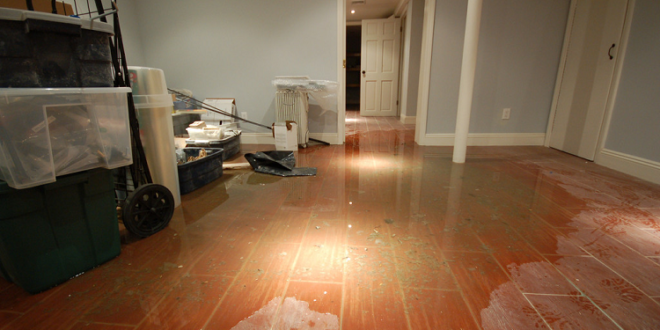
Basement Drainage
Water in your basement is a nuisance and not something an owner wants to deal with on a continuous basis. If you have an issue, call Top Gun; we offer many different water proofing products and services to the area. Each customer’s situation is different, so we customize each job to fit your needs. Our experienced staff is eager to assist you and ensure you and your prize possessions stay dry. Call us today at (719) 572-5130 to join our growing list of satisfied customers. See our services below for more information.
Battery Backups
If you lose power to your sump pump, water can leak into your basement, leading to catastrophic results. Top Gun recommends installing a battery backup system or a generator for your home to enhance your basement waterproofing system.
A battery backup will prevent flooding if your sump pump loses power. It is an affordable way to prevent extra damage and cost from the repair or flood damage and water removal.
Primary sump pumps can fail for many reasons including power failure, a blown fuse, or a clogged intake pipe. The older a sump pump is the more likely it is to run into problems. If your sump pump is ten years or older, consider replacing it. Strong storms can result in power outages which will render your sump pump useless. If these types of storms occur annually in your area, a battery backup will save you money and put your mind at ease.
Over the past few years, battery backups have advanced significantly. Today they can even provide early warning for danger or when maintenance is required. Some model even have the ability to text or email you when a problem arises.
Most battery backups are designed to provide power for four to six hours after power is lost as a result of a storm.
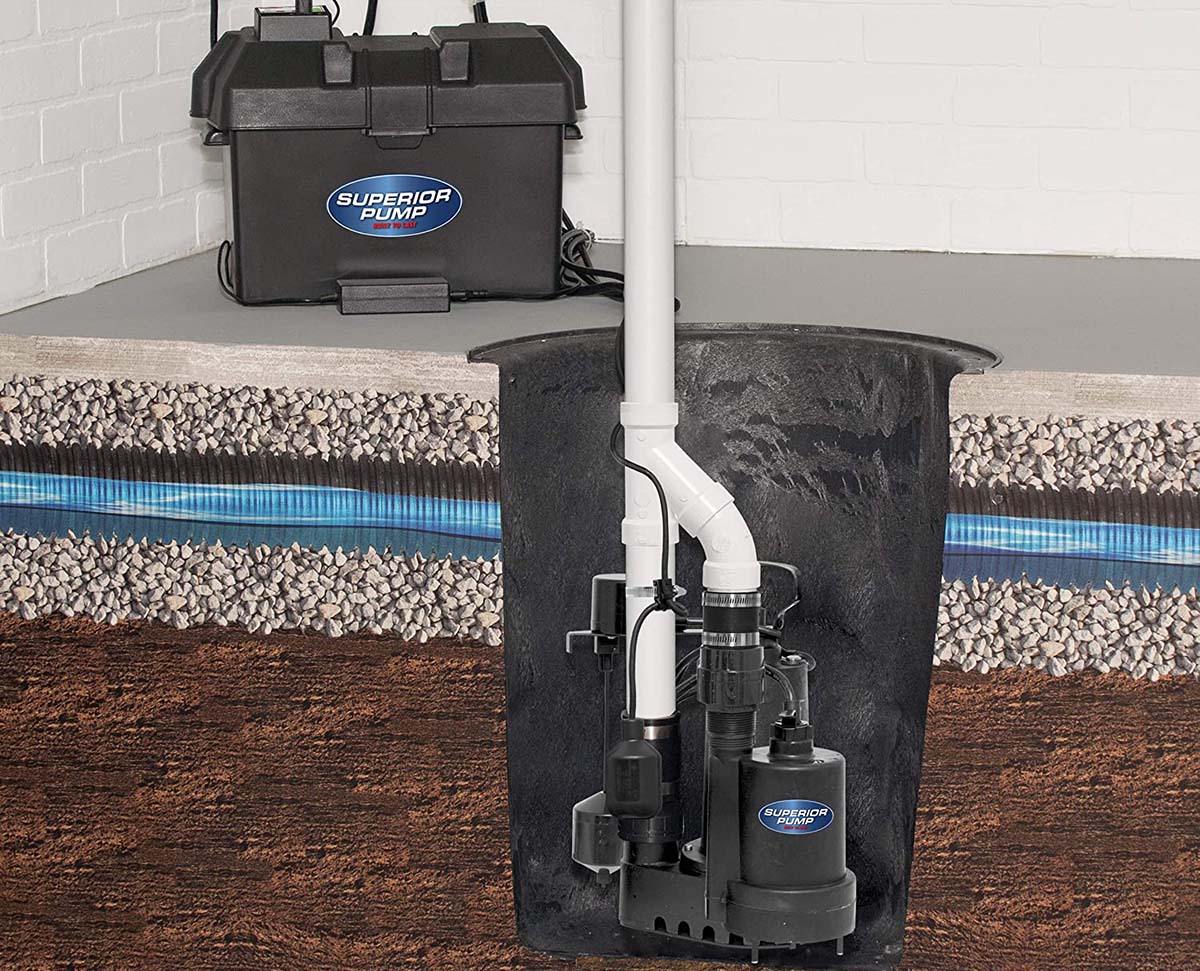
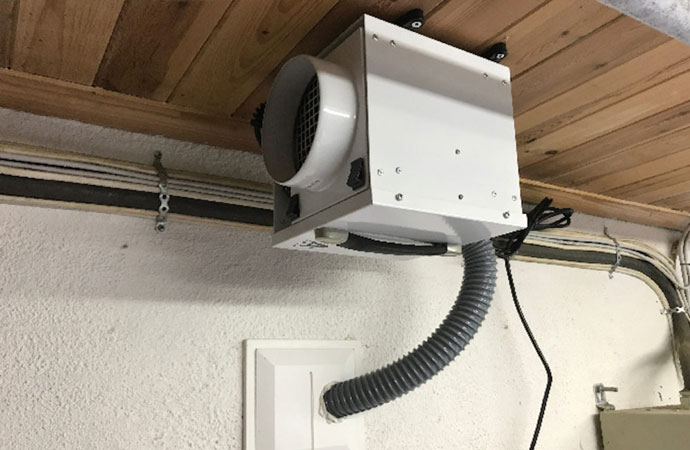
Basement Dehumidification
Basements by nature promote dampness which is much heavier than other rooms in the house due to natural conditions or where air conditioning may not reach. Installing a basement dehumidifier will help in maintaining an ideal relative humidity level (RH Level) and provide benefits such as, help with preventing mold and mildew, eliminating musty odors, protect your family’s health and assist with bringing a basement up to “above grade” standards.
How does it work? When air enters the dehumidifier, a fan forces air over cold coils to remove moisture and drier air is blown into the basement or crawl space.
Basement Drainage
To solve moisture and water problems in basements, before waterproofing any walls or applying any insulation, you should install drain footings around the house and study the gutters and downspouts. Make sure that roof gutters (on your house’s eaves) and the downspouts are working properly. They should be well cleared and opened: otherwise, rainwater would sit on the roof and run down the walls damaging the building and your foundation.
A basement drainage system is an efficient way to control rainwater penetration through foundation walls and to prevent moisture and condensation problems in basements. We offer many different varieties of Basement Drainage Systems to fit your individual needs. They different types are:
- Cove Base – used to hug a wall and channel water from the wall into a sub-floor drainage system. Used with the Water Trek Aqua Route System.
- Curtain Drain – designed to eliminate water from entering the basement due to exterior pooling. It routes the threatening water to the side of the home away from the flooded area.
- Floor Grate – used to catch and diver water from the exterior of the bulkhead or driveway and route it to the interior subfloor system.
- Water Trek Aqua Route – an interior sub-floor system.
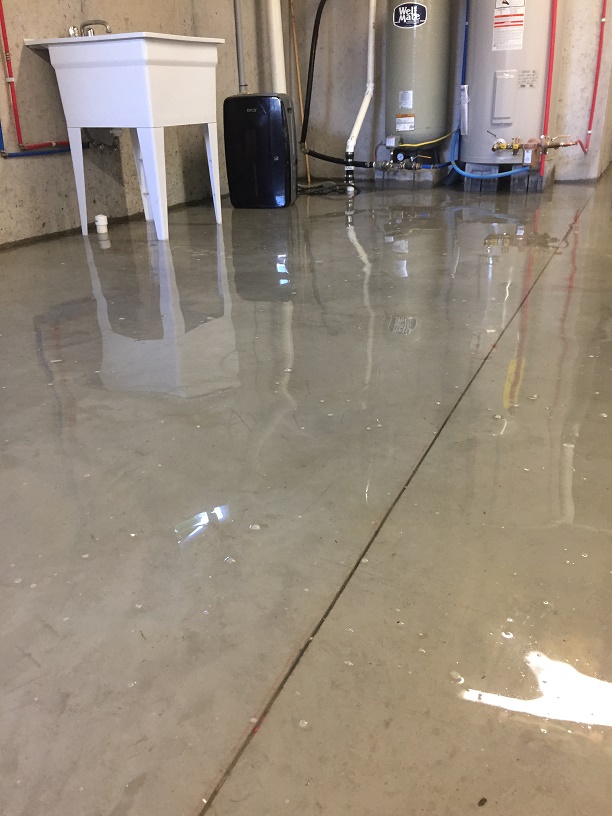
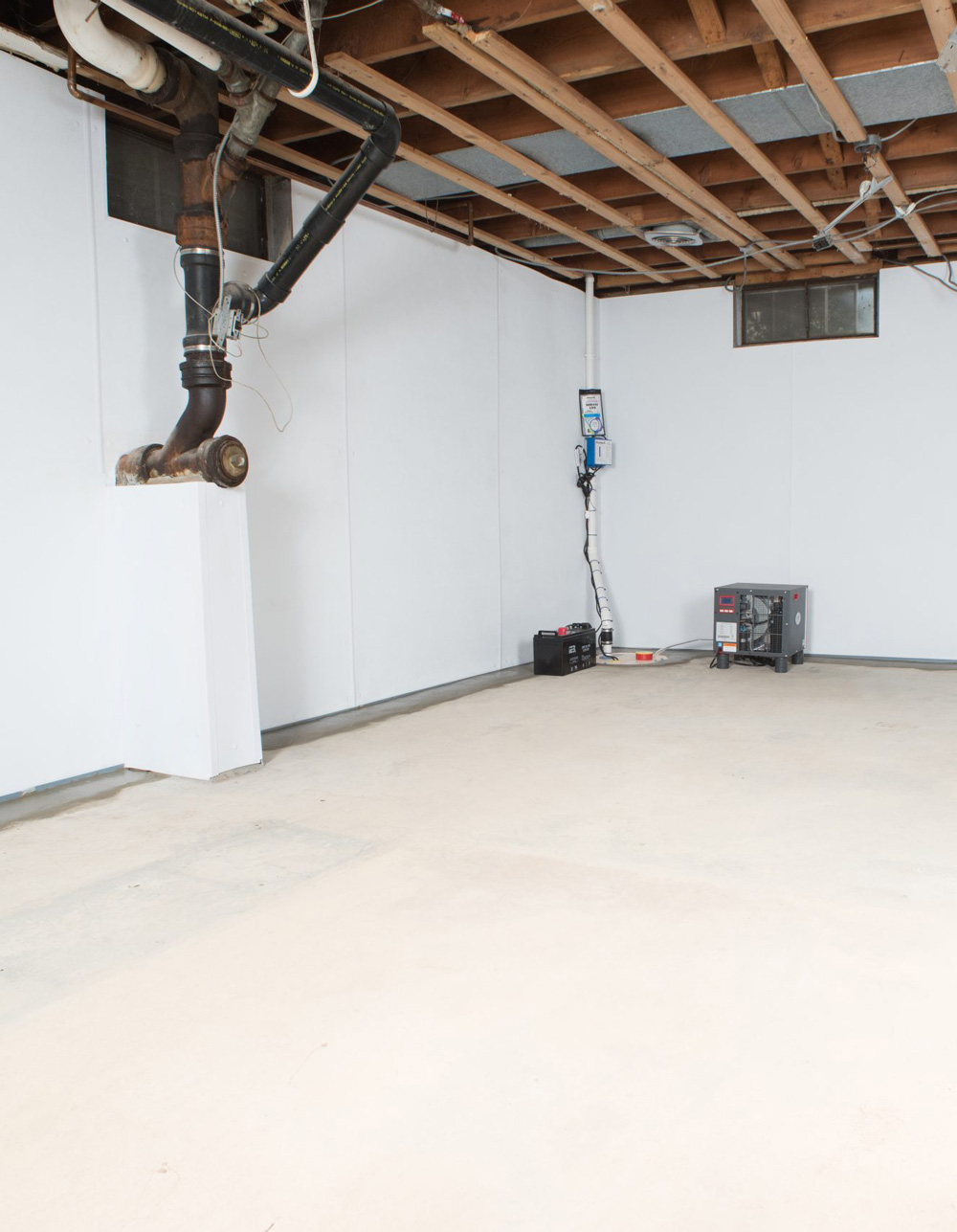
Basement Sealing
Chances are if you are reading this, you have experienced a water leak in your basement and you are looking for a licensed and insured contractor to help resolve your issue. The first step is to identify which options will work best for your basement.
Determining the Issue
Before we can recommend a solution, we have to identify the source of the moisture issue in your basement. The fact is that after 10 to 15 years, basements start to take on moisture. As many as 60 percent of basements will be wet during this timeframe and as many as 33 percent will experience mold and mildew issues due their environment. The moisture can be the result of condensation or could be caused by cracks in the foundation. The first indicator is typically a musty smell that most people can associate with basements. If your basement is finished and a necessary sealant wasn’t applied, the moisture will become trapped and can lead to mold and mildew growth.
Type of Sealants
Polysiloxane Blend Basement Sealant
This sealant bonds directly to the substrate to create a naturally water repellant surface. This type of sealer will repel any moisture and stop the growth of algae, mold and mildew. However,polysiloxane sealers still allow gases and vapor through and the surface cannot be painted. This means as an interior sealant, this choice doesn’t typically last as long as other options.
Another drawback is these sealants will only permeate about ¾ inches into the concrete, leaving much of the foundation unprotected. However, the sealant is UV resistant and typically has a long lifespan when applied properly.
Silicate Basement Sealants
Silicate basement sealants can penetrate into the concrete by as much as four inches. The way this type of sealer works is it reacts to the alkalis and lime naturally found in cement, creating a permanent seal. This seal will eliminate any cracks in the concrete, as well as strengthen it and reduce any cracks that may develop in the future.
The good news is silicate sealants protect concrete from water vapor, water and radon gas. They will also reduce the development of condensation and protect against the growth of mildew, mold and fungi. When a silicate basement sealer is used, the basement walls will hold up against high water pressure, regardless of where it comes from. The downside to this sealant is it has a high chance of failing after just a few years, requiring reapplication.
A silicate basement sealant should be applied before painting. It is even recommended for curing fresh concrete or for hardening the surface. Silicate basement sealants can be used in the home, as well as on outside surfaces like concrete, limestone, stucco, porous brick and other cementitious material.
Crawlspace Encapsulation
A crawl space (as the name implies) is a type of basement in which, one typically cannot stand up in and the and the bottom surface is often soil. While a crawl space cannot be used as living space, it can be used as storage. Care must be taken in doing so, as water from the damp ground, plumbing leaks and moisture seeping through porous concrete can create a perfect environment for mold/mildew to form on any surface in the crawl space, especially cardboard boxes, wood, drywall and some types of insulation.
In Colorado, most homes with crawl spaces are constructed with the HVAC vent lines running from the furnace through the crawl space to their desired location. These HVAC runs are not airtight and pick up and distribute everything and anything in the crawl space, throughout the home, significantly deteriorating the AIR QUALITY in the home. Furthermore, without some sort of effective vapor barrier, the only thing between a homeowner and the unknowns of a crawl space is the floor material separating the two. Crawlspace Encapsulation Benefits include:
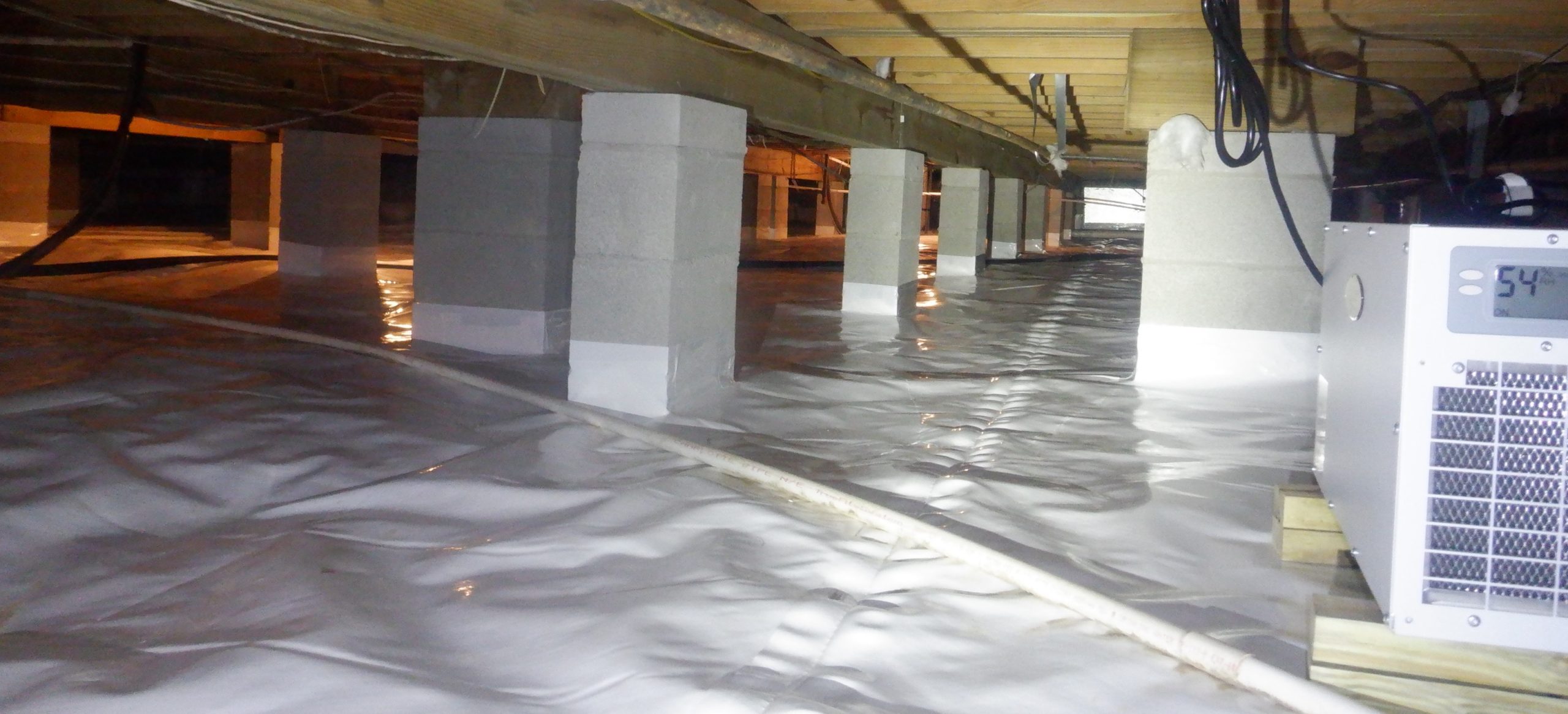
- Protection from moisture and improves air quality
- Eliminates mold and odors
- Creates useable storage
Health and safety issues must be considered when a home includes a crawl space. As air warms in a home, it rises and departs through the upper regions of the house, much in the same way that air moves through a chimney. This phenomenon, called the “stack effect,” causes the home to suck air up from the crawl space into the main area of the home. Mold spores, foul odors, fecal material from dust mites or other pests, and RADON GAS can come up with the air, aggravating breathing problems (such as asthma) and creating a variety of health-related problems.
